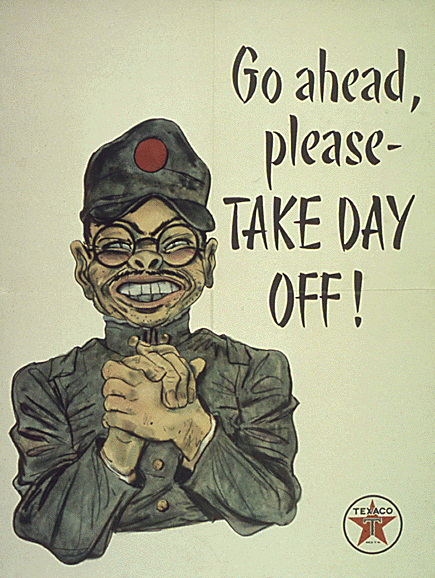Sunday, December 20, 2015
TOW #13 - The Fear of Islam in Tennessee Public Schools
Williamson County, Tennessee, a predominantly white county north of Nashville, many parents fear that by educating their children about Islam, teachers are indoctrinating them into the religion. They feel that teachers preach pro-Islam tendencies and mostly bad things about Judaeo-Christian religions. They want the textbooks to stop calling Islam a peaceful religion, and teach them about the few extremists instead. Emma Green, author of The Fear of Islam in Tennessee Public Schools, seeks to prove these people wrong with logical reasoning and by mentioning sudden hints about the groups who support the cause. When talking about the county, Green calls the idea of kids being indoctrinated into Islam most impossible by saying that the county is: "overwhelmingly white, Christian place like Williamson County" (Green para 7). By using logic, she proves the irrational people against her wrong, simply by showing that the environment around kids that would be "indoctrinated" would not be hospitable to them in any way, shape, or form. Throughout her essay, the author mentions Glenn Beck and Pat Robertson, people who are largely against Islam and any non Judaeo-Christian in every way, when describing who is fighting against this "indoctrination". These names leave a sour taste in the mouth, a reminder of the hugely conservative and very hateful roots of this movement. This fact alone would probably turn away people in disgust, as these men listed invoke feelings of distrust and malignment. Thus, the reader is already turned against the parent's of Tennessee's cause. These are the nails in the coffin, they are what makes the author successful.
Saturday, December 12, 2015
TOW #12 - IRB: Four Seasons in Rome
Four Seasons in Rome by Anthony Doerr is not a simple and generic tale about the love of a romantic city. It as about his growth with Rome, his discovery of the city and then a discovery of himself. Anthony Doerr was chosen by an Academy in Rome to have a fellowship to live on Rome in a year. He wanted to describe his experience in the city and how he grew here by writing Four Seasons in Rome. Doerr used powerful imagery and deep anecdotes in order to show how powerful the city of Rome is and how it transformed him as the person. "It tastes like nutmeg and brine and cream; we eat slices as if it were cake" (Doerr 39). His culinary tastes grew in Italy, as well as the rest of him, too. The experiences he has illustrate the changes in his lifestyle, how the beauty of Rome transformed him as a person. This illustration showed how powerful the experience was for him, and how deeply it affected his existence in no other way other rhetoric will not. Doerr also used anecdotes to show how he grows too. When he describes how he adjusts to the age of the city, "The oldest building in Idaho... built by... 1853... The oldest building in Rome with its original roof still intact is the Pantheon... by the emperor Hadrian around AD 125" (56-57). When explaining how he ponders the descriptions of time, he juxstaposes the age of the Pantheon with the oldest building in Idaho, adeptly showing how the definition of our time is so brief without truly saying it, and this shows the reader how Rome changes one's opinion about the world. He says what he wants to say through experiences, not by the words that we typically do. That is the power of imagery and anecdotes.
Saturday, December 5, 2015
TOW #11 - Go ahead, please - TAKE DAY OFF!
World War Two is probably the era where US Propaganda was the most powerful. It was a hard fought war, and needed the most support it could possibly get. Above is an example encouraging people to work hard and do their best at home, implying that if they do not, the Japanese will win the war. In this image, the artists play off of the purveying sense of racism at the time and sarcasm in order to guilt a "lazy" worker into not taking the day off. The usage of racism sets the stage for the sarcasm. The picture contains an image of a Japanese man, with all of his stereotypes, that his skin is yellow, his eyes slanted and evil, almost portraying him as a gremlin. This all plays on the racism that most Americans had at the time, firing them up and making them want to ruin this man. Then, the artist utilizes sarcasm to condemn the audience and manipulate them into continuing to work. The text saying "Go ahead, please - TAKE DAY OFF", implies that the Japanese will win the war if one person takes off work. Obviously, this is not true, but it has a guilting effect that will certainly make the audience want to work instead of taking off. Thus this piece is overall quite effective, as the racism would certainly play off of the audience's prejudices, and the sarcasm would convince them to work. It is a shame that this was resorted to, but nonetheless the government saw it as necessary in order to save the nation.
Subscribe to:
Posts (Atom)
